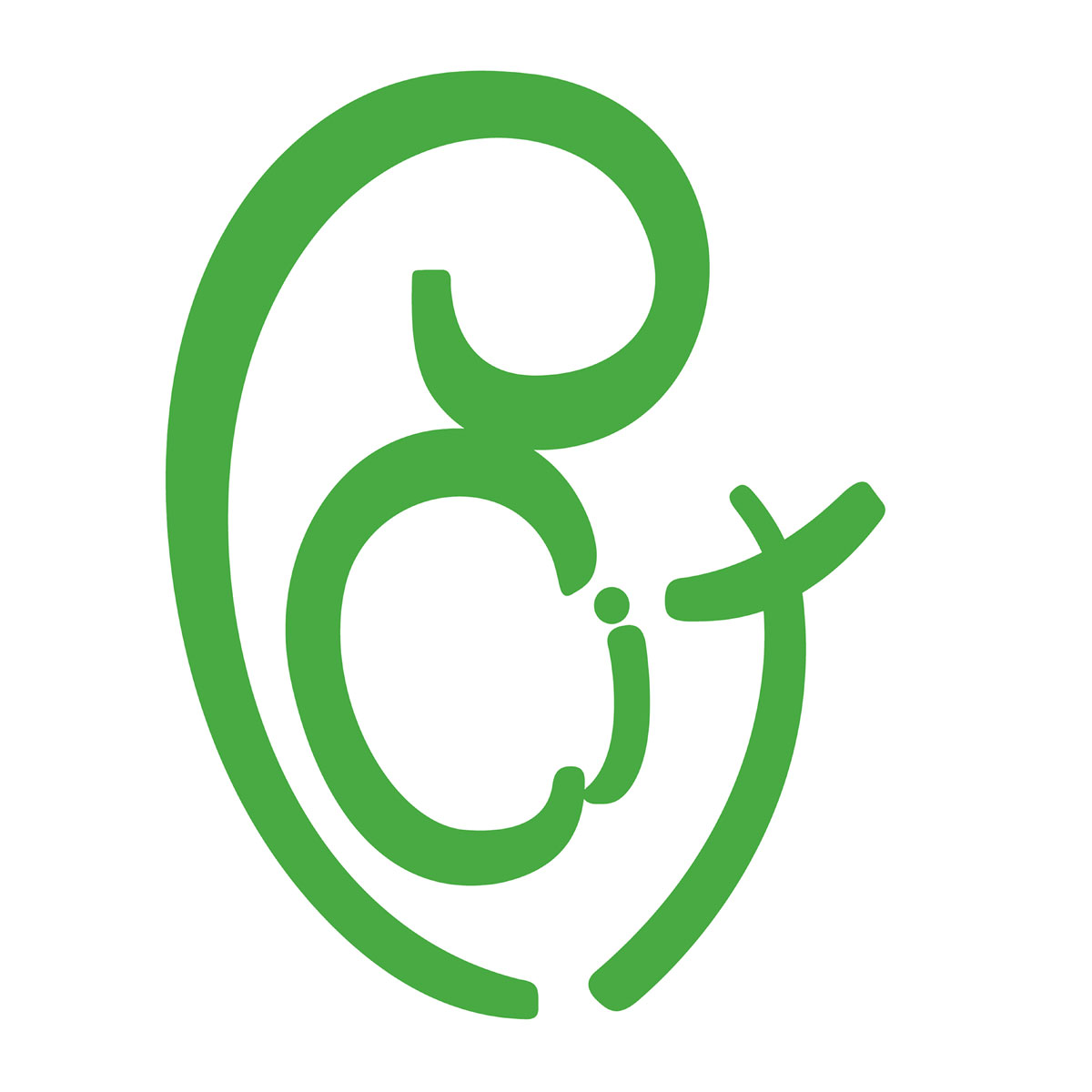How does PCIT work?
How it Works
PCIT has worked traditionally by the clinician coaching you from behind a one-way mirror through a specialized earphone, giving you moment-by-moment support as you engage in play therapy with your child. The clinician typically interacts with the whole family for a few minutes at the beginning and the end of the session. In between they try to fade into the background for the child while being an active support to you.
With the development of I-PCIT, instead of the clinician observing through the one-way mirror, they observe through your laptop or tablet and provide the coaching through your cell phone earbud. After an initial greeting, the clinician turns off their video feed and then turns it back on again at the end of the session.
This evolution in PCIT provides several additional advantages in that the therapy takes place in the most normative environment, your home. It provides parents with one less appointment that they have to travel to which often also makes scheduling easier. It has also helped increase accessibility for families in reaching our leading clinicians.

DEVELOPMENT OF PCIT
PCIT was originally developed by Sheila Eyberg in the early 1970s while she completed her postdoctoral residency in pediatric psychology. Dr. Eyberg built this approach on a foundation of social learning and attachment theories, placing an emphasis on improving the quality of caregiver-child relationships and changing caregiver-child interaction patterns. She continues to lead the field as the President and CEO of PCIT International.
This research-driven treatment approach has evolved through the years and studies are now showing the telemedicine delivery of PCIT termed I-PCIT has comparable results to the traditional in-person delivery of PCIT, which the New York Times Parenting Guide referred to as a “gold-standard treatment for behavioral issues in children.”
PCIT TECHNIQUES
In the first phase of treatment caregivers learn play therapy skills and receive real-time support as they, together with their clinician, support children in improving their emotional regulation, attention, focus, and cooperation skills while further strengthening the caregiver-child relationship.
In the second phase of treatment, parents are supported in helping their children to better follow directions and further decrease challenging behaviors and family conflict.
HOW CAN PCIT HELP?
Children who participate in PCIT may develop greater self-esteem, experience less anger and frustration, see an improvement in social, organizational, and play skills, feel safer and calmer, and communicate more effectively. Parents often see significant reductions in parental stress and significant improvements in their feelings of satisfaction as a parent.
PCIT AGE RANGE
PCIT was originally developed for children between the ages of two and seven, and their parents or caregivers but has been adapted for use with children up to 10 years old.
CONCERNS AND LIMITATIONS OF PCIT
PCIT is an evidence-based treatment that is considered an effective treatment approach for a variety of issues. However, in some situations, this treatment option may not be recommended. In these situations, your clinician can recommend other approaches or initial complementary interventions.
Improvements made by Parent-Child Interaction Therapy
Improve your child’s behavior
Strengthen the relationship between you and your child
Increase your child’s frustration tolerance
Improve your child’s response to your directions
Build your child’s self-esteem
Encourage your child’s independence and self-control
Improve your child’s ability to pay attention
Strengthen your child’s social skills
Reduce symptoms of/or eliminate the qualification for a diagnosis of ODD
Ready to Start PCIT
A program of Bay Area Family Therapy Services Inc. Directed by Keith Kapash MFT License number MFC 46140
